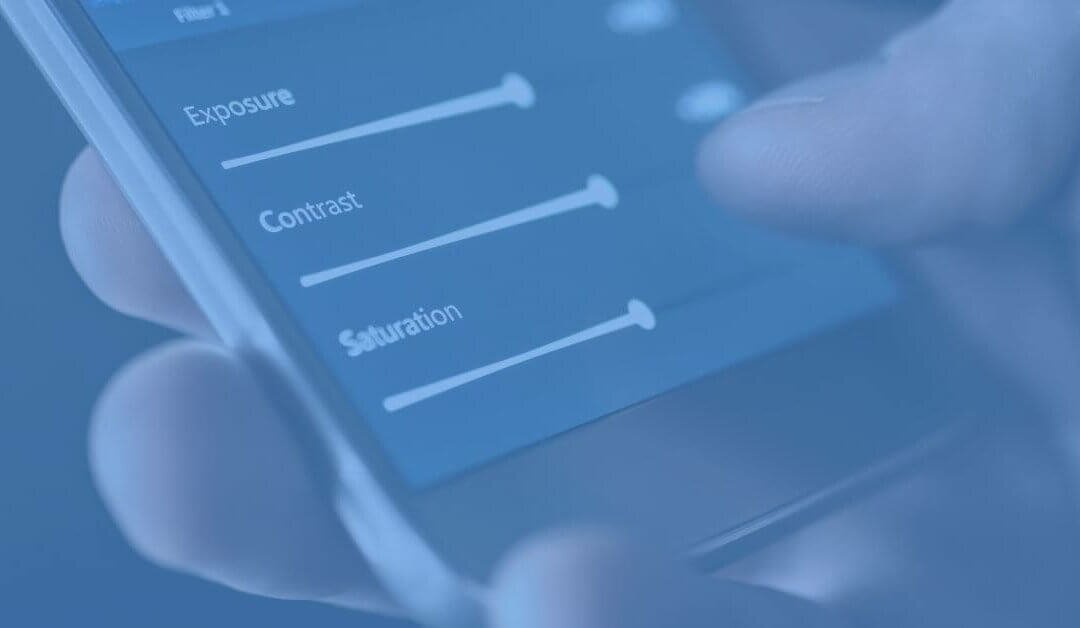
It’s ok to turn your camera off.
Hello, our Zoom-fatigued, emotionally exhausted, been-working-for-a-year-straight-through-a-pandemic friends. How is everyone doing?
As we approach the one-year anniversary of full-time work-from-home life for our team, we want to give each of you a gift:
It’s ok to turn your camera off.
Listen. We’ve been at this a long time. And while seeing your colleagues’ faces on a screen has its benefits, it can be incredibly draining. (It’s science! Stanford researchers just published a study that concludes that “videoconferencing technologies are exhausting.”)
And while we can’t avoid every Zoom gathering or cancel all of our meetings, we can (and should) give our brains, and ourselves, a break. Turn off the camera. Or try this old school thing called a phone call.
Put in headphones, stand up, and walk around. If you’re brainstorming, try doing a monotonous task like washing dishes or wiping down counters while you chat. In our experience, it has the same brain-loosening power as doodling—but you end up with a clean kitchen. Or simply close your eyes while you think.
You get to prioritize your energy and mental health.
And you don’t need to be staring at someone to have an effective meeting.







